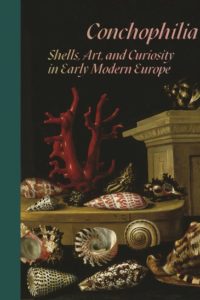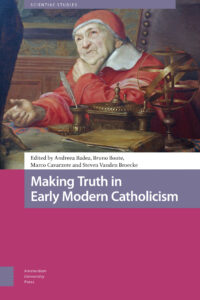This book was born at NIAS, where the four authors were fellows working on different projects but shared a connection with the early modern period. In a lively informal discussion at Café de Engelbewaarder (a stone’s throw from NIAS) the authors discovered that they all were in greater or lesser degrees interested in 17th century shell collecting. They proposed two panels on shell collecting at the annual RSA conference (Renaissance Society of America), and the response was so enthusiastic that this book was created and was lavishly published by Princeton University Press in August 2021.
About the book
Why did why Renaissance-era collectors braved maritime hazards to beachcomb? Conchophilia delves into the intimate relationship between shells and people, offering an unprecedented account of the early modern era when the influx of exotic shells to Europe fuelled their study and representation as never before. In this richly illustrated book, scholars reveal how the love of shells intersected not only with the rise of natural history and global trade but also with philosophical inquiry, issues of race and gender, and the ascent of art-historical connoisseurship.
Shells circulated at the nexus of commerce and intellectual pursuit, suggesting new ways of thinking about relationships between Europe and the rest of the world. The authors focus on northern Europe, where the interest and trade in shells had its greatest impact on the visual arts. They consider how shells were perceived as exotic objects, the role of shells in courtly collections, their place in still-life tableaus, and the connections between their forms and those of the human body. They examine how artists gilded, carved, etched, and inked shells to evoke the permeable boundary between art and nature. These interactions with shells shaped the ways that early modern individuals perceived their relation to the natural world, and their endeavours in art and the acquisition of knowledge.


